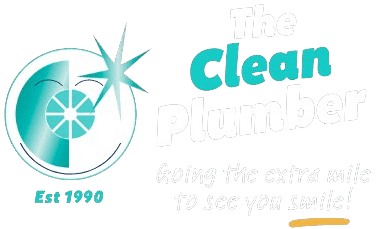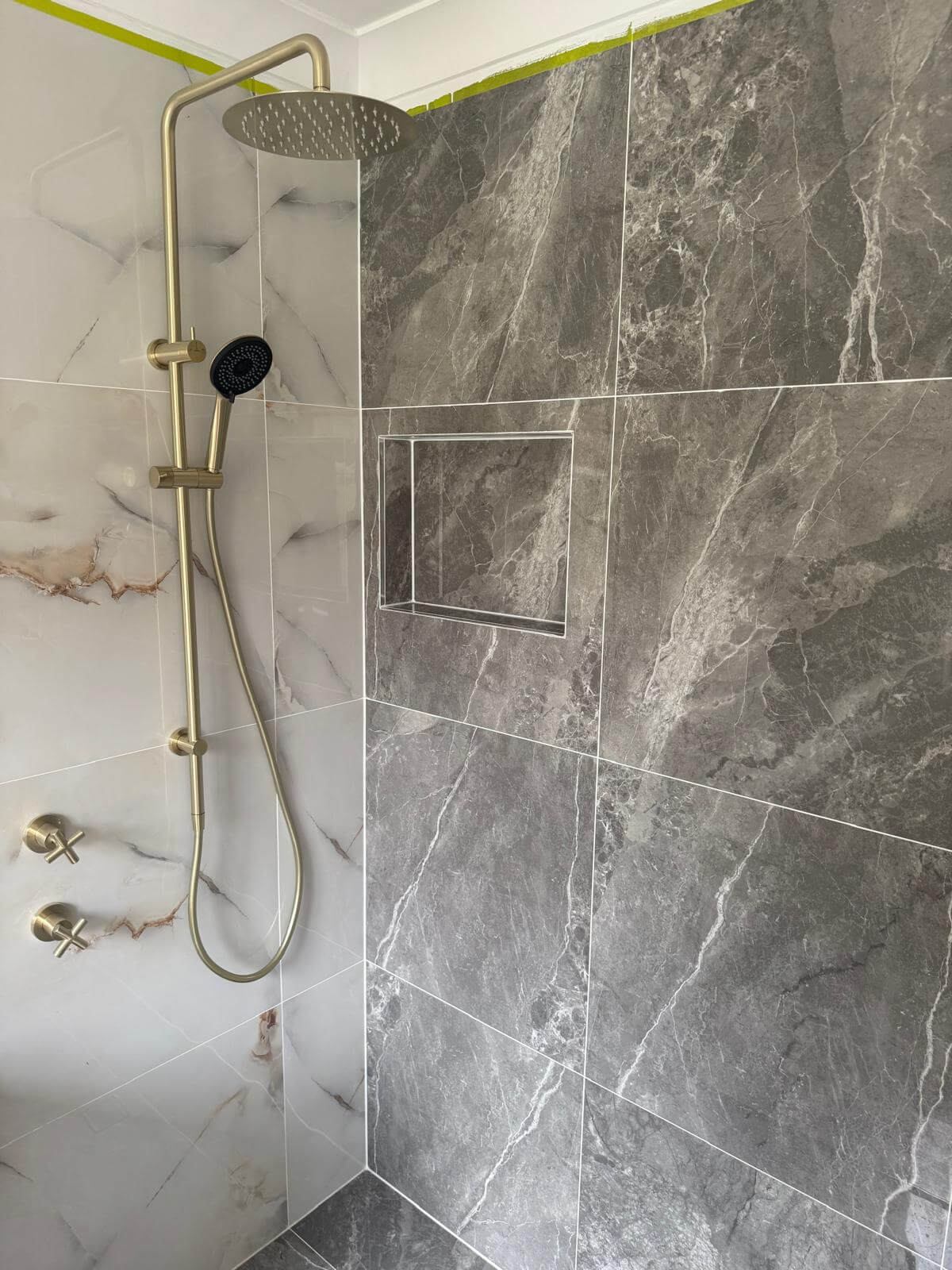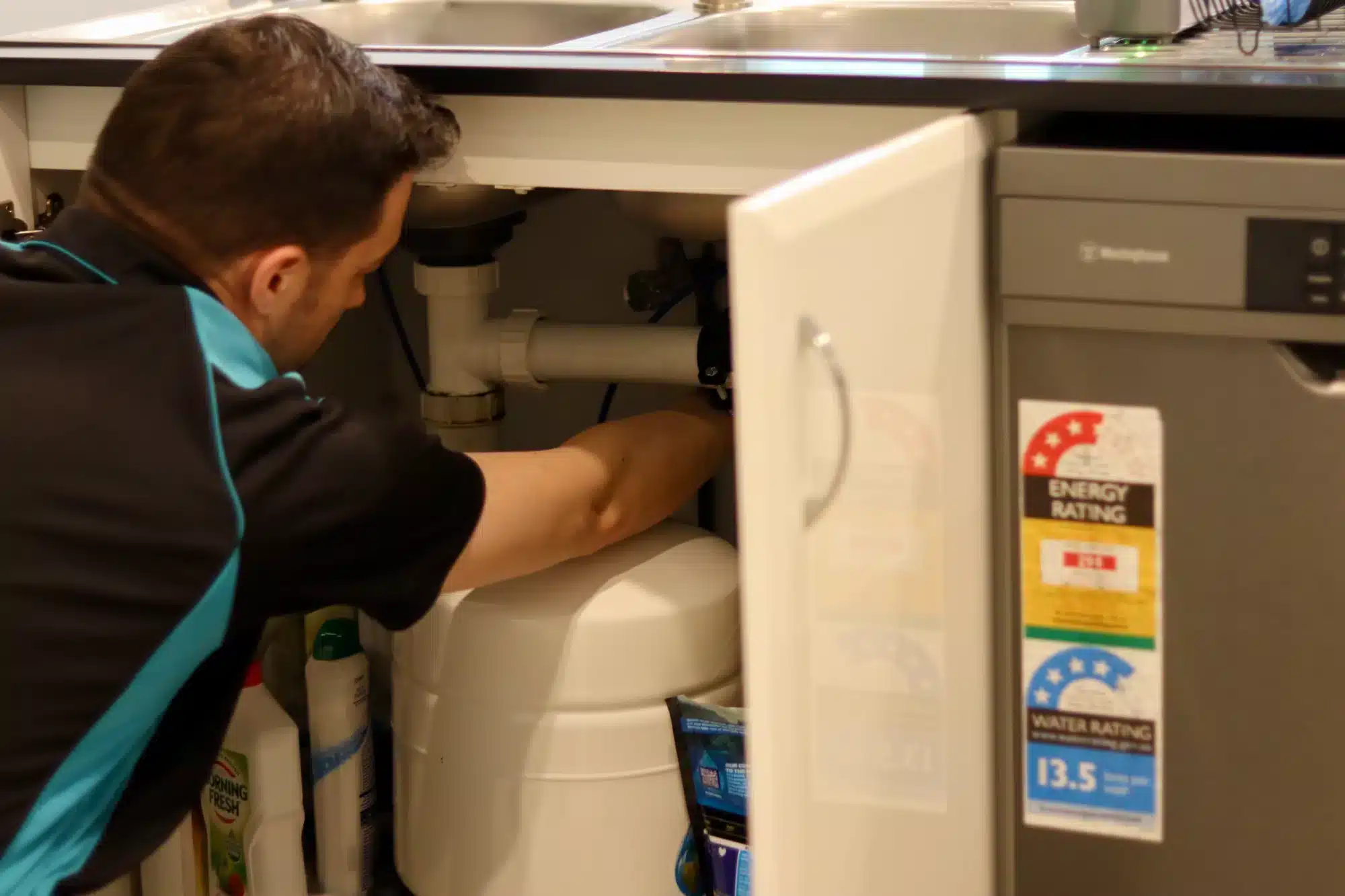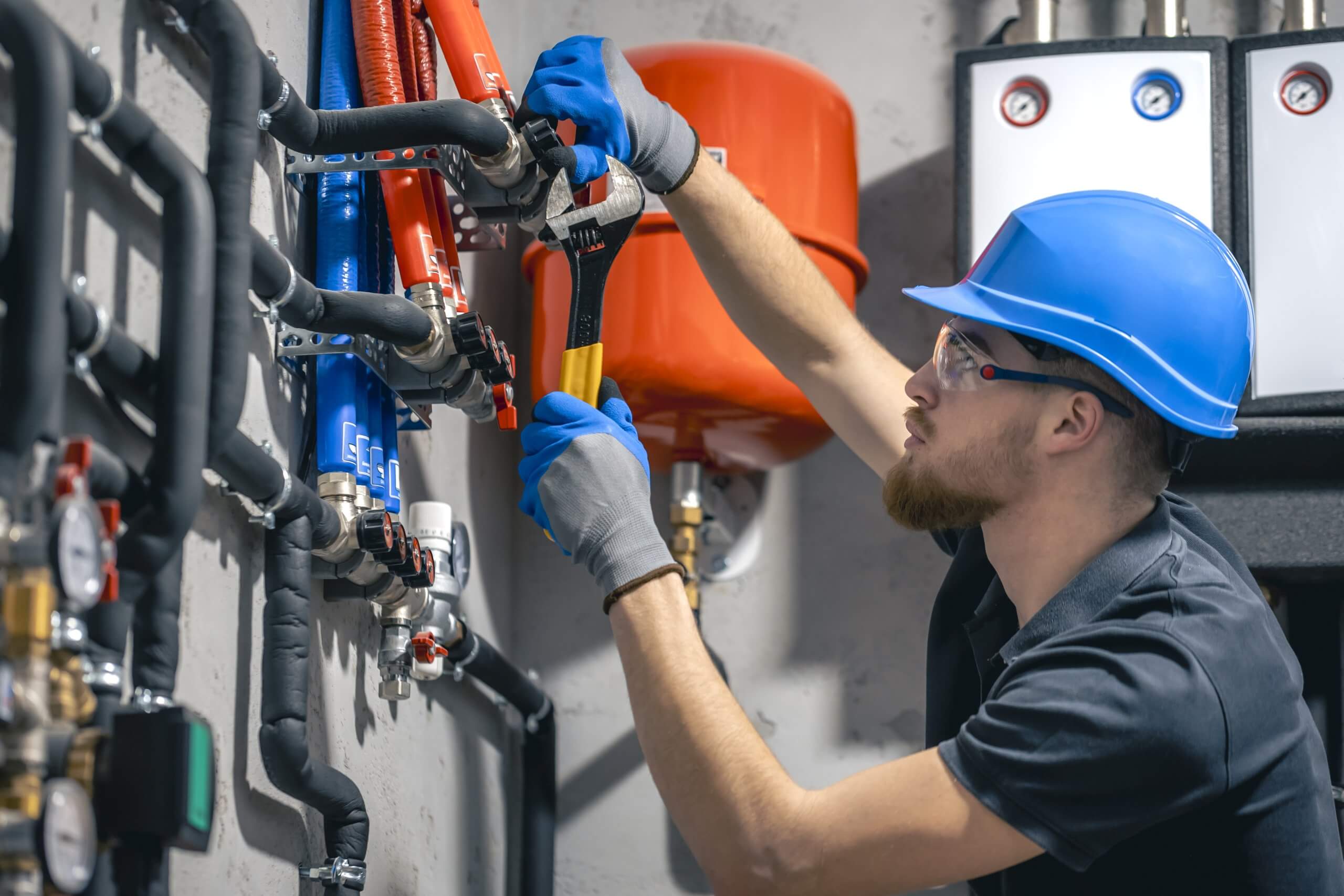A leaky shower might seem like a minor issue, but early repairs are essential to prevent costly damage and further damage, as well as further deterioration. In Australian homes, even small leaks can lead to mould growth, timber rot, and structural issues. Common causes include worn grout, deteriorated silicone, failed waterproofing, and faulty tapware. These problems not only compromise your bathroom’s appearance and functionality but also pose health risks, such as mould-related allergies and respiratory problems. This comprehensive guide will help you identify and fix shower leaks while also explaining when it’s best to call a licensed plumber—so you can protect your home and save money by addressing the issue early.
Understanding Leaking Showers
Leaking showers, particularly within the shower recess, are a common plumbing issue in Australian homes. What may begin as a small drip can quickly escalate into water penetration, causing water damage, mould growth, and costly structural problems. These leaks often stem from cracked shower tiles, loose or missing grout, worn seals, or concealed plumbing issues behind walls and floors. Identifying the root cause early and implementing effective waterproofing solutions is crucial to preventing major repairs and safeguarding your home from long-term damage.
What Causes a Leaking Shower?
Leaking showers in your wet areas, particularly your bathroom and around shower tiles, can result from several common issues, including leaking areas around the fixtures. Here are the main culprits that often lead to shower repairs :
Compromised Seals or Deteriorated Waterproofing Membranes
Over time, the seals around existing tiles and fixtures can weaken, and waterproofing membranes beneath the surface may break down or become damaged. Once these protective layers fail, water dripping can lead to water seeping through the walls and floor, causing damage that often goes unnoticed until it worsens.
Waterproofing in your shower system is essential in preventing leaks and implementing effective waterproofing solutions , as it serves as the primary barrier between moisture and your home’s structure.
Cracked or Old Grout Between Tiles
Grout acts as the main defence against moisture seepage between wall and floor tiles and bathroom tiles, helping to prevent leaks from loose connections. Over time, however, grout can crack, wear down, or come loose.
When this happens, grout replacement may be necessary to fix a leaking shower effectivel . Water can seep through the gaps, affecting underlying materials like the wall, bathroom tiles, and subfloor, potentially leading to loose tiles, mould, and water damage.
Worn Silicone Sealant Around the Shower Base
Silicone sealant is used in the shower system to seal joints between the shower base, walls, shower screens, shower arm, and corners. Over time, silicone can shrink, discolour, or peel away, creating gaps where water can escape. This is particularly common around shower taps, screens, and leaking shower heads.
If the sealant around shower screens is compromised, shower repairs should be initiated as water leakage can occur through these gaps, causing damage to your bathroom and increasing the likelihood of mould growth.
Loose Tapware or Faulty Shower Fittings
Leaking taps, shower heads, and valves are common causes of water leaks, often occurring when tapware becomes loose or faulty. If fixtures, including tap valves, become loose, water can leak behind walls or around plumbing connections.
These leaks can be hard to detect, as they may be hidden behind tiles or walls. The damage often occurs gradually over time, so during an in-home inspection, faulty tapware and valves should be repaired promptly. Consider getting a free quote, especially concerning issues like tap valves, to prevent extensive damage.
Building Movement
Older homes or multi-storey buildings may experience natural settling or structural shifts, leading to a leaky shower, cracked tiles, separated joints, or misaligned pipes. These shifts can create gaps, allowing water to leak into surrounding areas and causing damage to both the bathroom and adjacent rooms.
Why You Should Fix Shower Leaks Promptly
Even minor leaks can lead to water wastage and cause significant damage, such as peeling paint, if ignored. Water can seep into walls and floors, leading to rot, swelling, and weakened structural elements, particularly in timber-framed homes.
In many Australian homes, especially those with upper-level bathrooms, several factors may lead to leaks going unnoticed until more obvious signs like damp patches, peeling paint, or musty smells appear. By this stage, mould may have already spread, and the walls, floor tiles, or underlying structure could be compromised.
Fixing that pesky leak early helps prevent costly repairs and reduces health risks. Damp conditions encourage mould growth, which can harm air quality and trigger allergies. Acting quickly can save you from long-term health and financial issues.
Water Wastage
A leaking shower tap or dripping shower head can waste thousands of litres of water every year, resulting in higher water bills and unnecessary environmental impact. In drought-prone areas of Australia, where water conservation is especially important, knowing how to fix leaking shower issues, alongside balcony leak repairs and using water-efficient fixtures is essential for both practical and environmental reasons.
Damage to Surrounding Materials
Moisture from a leaking shower can cause significant damage to surrounding materials, including wall sheeting, timber framing, flooring, and subflooring. Water pooling behind cracked grout, leaking taps, or worn sealant leads to deterioration, causing warping, staining, or rot.
If left unaddressed, water damage can spread to wall and floor tiles, as well as adjacent rooms or floors, resulting in costly repairs and extensive restoration work.
Mould and Mildew Hazards
Bathrooms, particularly showers, are ideal environments for mould and mildew. These fungal growths around shower heads are not only unsightly but also pose serious health risks, especially for those with respiratory issues or allergies. Mould spreads quickly in damp areas and is costly to remove. Fixing leaks promptly and taking preventive measures is key to stopping mould and mildew from taking hold; going the extra mile can significantly enhance your bathroom’s hygiene .
Structural Instability
Prolonged water ingress from a leaking shower can weaken support beams, corrode fixings, and degrade waterproofing membranes. This may lead to water seeping through cracked walls, spongy floors, or damage to your home’s foundation. Addressing leaks early with great workmanship is crucial to maintaining your property’s stability and preventing costly repairs.
Reduced Property Value
Water damage, mould, and poor maintenance can lower your property’s value. Potential buyers will be wary of signs of damage or mould, especially around tiles. Even if you’re not selling, neglecting a leaking shower can reduce your home’s market value. Prompt repairs and maintaining a well-kept bathroom will enhance your home’s livability and preserve its value.
Essential Tools for Shower Leak Repairs
Before starting any repair job, make sure you have the necessary tools on hand. These tools will help you complete the job efficiently and safely:
- Adjustable wrench
- Flat-head and Phillips screwdrivers
- Tap spanner or basin wrench
- Grout scraper or removal tool
- Utility knife
- Mould-resistant silicone sealant
- Plumber’s tape (Teflon tape)
- Replacement washers, O-rings, or cartridges
- Plumber’s grease or silicone-based lubricant
- Microfibre cloths or rags
- Torch or inspection light for visibility
Tip: Always turn off the water supply at the mains before attempting any repairs to prevent water damage or injury.
Common Types of Shower Leaks and How to Fix Them
Common shower leaks often involve issues with the shower head, taps, and fittings, all of which can typically be resolved by replacing worn components or cleaning out any build-up as part of the job.
1. Leaking Shower Head
A dripping shower head often points to worn-out internal parts or mineral build-up.
Symptoms: Drips continue after turning off the water, decreased water pressure, or visible scaling around the shower head.
How to Fix:
- Turn off the mains water supply.
- Unscrew the shower head, using a cloth to avoid scratching.
- Soak parts in white vinegar to remove lime scale and mineral build-up.
- Replace any worn washers or O-rings.
- Reattach the head and test for leaks.
2. Dripping Shower Tap After Turn-Off
Symptoms: Dripping water after the tap has been turned off.
How to Fix:
- Remove the tap handle and backing plate.
- Use a tap spanner to remove the spindle or cartridge.
- Replace any worn components and lubricate moving parts.
- Reassemble the tap and test for leaks.
3. Leaking Shower Taps
Symptoms: Water leaking from tap fittings or around the base.
How to Fix:
- Turn off the water supply.
- Disassemble the tap and check for damaged washers, O-rings, or ceramic discs.
- Replace the damaged parts with those specific to your tapware.
- Reseal the fittings using plumber’s silicone.
- Reassemble the tap and test for leaks.
Repairing Grout, Tiles, and Seals
Grout, existing tiles, and silicone seals can deteriorate over time, causing leaks that may require removing tiles for proper repair . Regular maintenance, such as grout replacement and tile repair, is essential to fix leaking showers and maintain a waterproof shower, preventing long-term damage.
Cracked Grout
Cracked grout is a common cause of leaks.
How to Fix:
- Remove the old grout using a grout scraper.
- Clean the gap thoroughly and let it dry.
- Apply new waterproof grout with a grout float.
- Once the grout is cured, seal it to prevent future damage.
Worn Silicone Sealant
Worn or damaged silicone sealant around the shower base or corners can lead to leaks.
How to Fix:
- Remove the old silicone with a scraper or utility knife.
- Clean and dry the area completely.
- Apply a new bead of mould-resistant silicone sealant.
- Smooth it with a gloved finger and allow it to cure for 24–48 hours.
Balcony Leaks and Adjoining Shower Issues
For homes with balconies adjoining the shower area, water ingress from a leaking shower may also be related to problems with balcony drainage. Look for:
- Damp internal walls beneath balcony thresholds.
- Cracked or loose grout on the balcony floor.
- Mould growth at wall junctions.
How to Fix:
- Regrout and reseal as needed.
- Ensure that drainage channels are clear and functioning properly.
- Apply a waterproof membrane if retiling the balcony floor.
Preventative Maintenance: Keeping Your Shower Leak-Free
Regular maintenance is key to preventing leaks and knowing how to fix leaking shower issues while keeping your shower in good condition. Inspect grout lines and silicone seals, replacing damaged areas as needed. Clean drains and showerheads to avoid blockages, tighten loose fixtures, and reapply silicone sealant every few years. Also, check waterproofing membranes around the shower base.
DIY Repairs vs Hiring a Professional
Some leaking shower repairs, particularly those involving the shower valve, can be done yourself, while others need professional expertise. Knowing when to DIY and when to call a pro can save time, money, and hassle.
When It’s Safe to DIY
If you’re handy around the house, you can attempt minor repairs like:
- Replacing worn washers, O-rings, or shower heads.
- Regrouting small areas.
- Resealing with silicone sealant.
- Tightening or cleaning taps and shower fixtures.
When to Call a Professional
If the leak is more severe, or if you’re unsure about tackling the repair, it’s best to call a licensed plumber. You should also consult a professional if:
- The leak is hidden behind walls or floors.
- You notice extensive water damage in adjacent rooms.
- Tiles continue to crack or lift.
- The waterproofing membrane has been compromised.
A plumber has the necessary skills and equipment to diagnose and fix the issue with the shower valve and shower taps correctly, ensuring your shower is leak-free for years to come.
Getting an Obligation-Free Quote
Many plumbing services offer obligation-free inspections, allowing you to receive expert advice and cost estimates without any pressure to go ahead with repairs. This can help you make an informed decision and ensure you’re getting the best leaking shower repairs service at a competitive price.
Final Thoughts
Fixing leaking shower repairs is more than just stopping a drip; it’s about protecting your home from water damage, improving your bathroom’s longevity, and safeguarding your health. Addressing issues early can prevent more severe problems from arising and save you from costly repairs.
Regular maintenance, early detection of problems, and prompt repairs will keep your bathroom in excellent condition, saving you time, money, and stress. Taking action now ensures your bathroom remains leak-free, hygienic, and comfortable for years to come.






